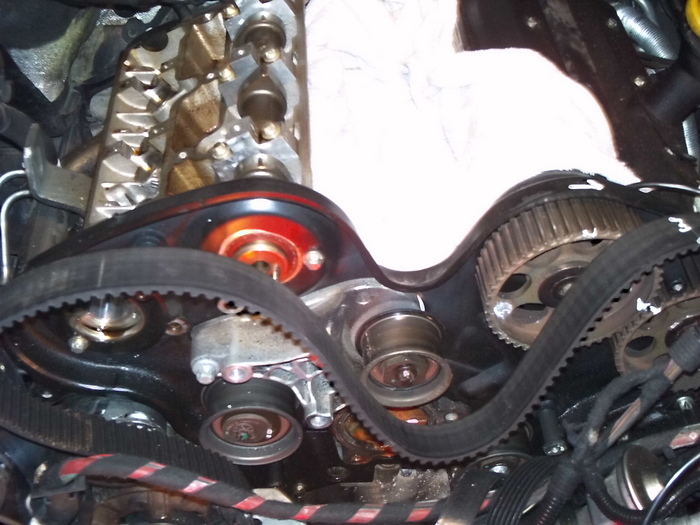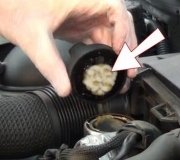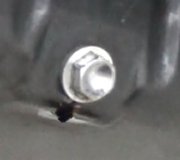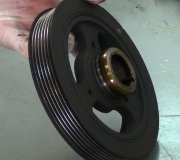Questioner is a retired car-salesman who turned plenty of wrenches over the years. His car has dual overhead cams. It is a cast iron block with aluminum/alloy heads. I was relatively problem-free since bought with 7,000 miles [lil’ old lady lease-return]. It just turned 90,000 miles. Dealer says they replaced the timing belt and tensioner around 20k; also repairing an oil cooler leak under the intake plenum [car developed a minor leak worsening and later found to be heater control].
Driving at highway speed on a very hot Dallas day [over 100 degrees] engine stopped without notice or any notice by the driver. (It appears that the radiator sprung a leak and emptied coolant sufficient to overheat the engine).
When the engine shut-down the driver attempted to restart it, while coasting in neutral on the highway. The starter motor turned but the engine would not restart.
After coasting to a stop, the engine compartment was smoking. The driver [hoping to cool it to avoid melting rubber seals] added regular tap water to the reservoir, which produced a significant amount of steam and whistling noise when entering the engine.
After the engine cooled, driver tried to start the car - finding the starter motor turned very fast, apparently not engaging the flywheel [or suggesting a broken timing belt.]
Driver had the car towed home. The next day he added water to the reservoir which infiltrated the crankcase [suggesting busted gaskets somewhere]. He then left the car in that same state, in his garage [for few months while driving another car].
Upon recent disassemble and inspection of the timing belt, it is found in good condition i.E, it is not broken or frayed [the teeth are NOT spun down or missing at the crank balance pulley gear/sprocket]. Also, prior to releasing belt tension, it was near impossible to manually/hand-turn the crank (after draining the crankcase). However,
On removal of the intake manifold, rust on the underside of the intake valves on both sides of the engine is apparent. Obviously, water or steam entered those areas.
From these facts, it appears the car reached a sufficient temperature to cause the ECM to shut down operation [however, the starter motor turned (as if unimpeded by resistance suggesting the solenoid was not engaging the flywheel [by fail safe engineering].
His objective is to avoid time and costs of taking apart and reassembling anything needlessly or braking anything in the process.
Tuesday, November 15th, 2011 AT 7:52 PM



